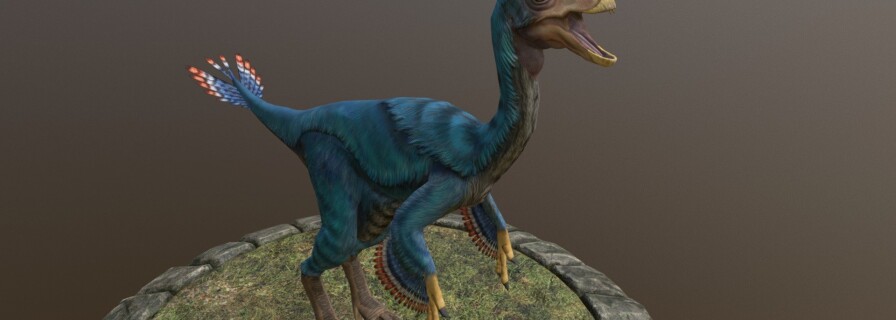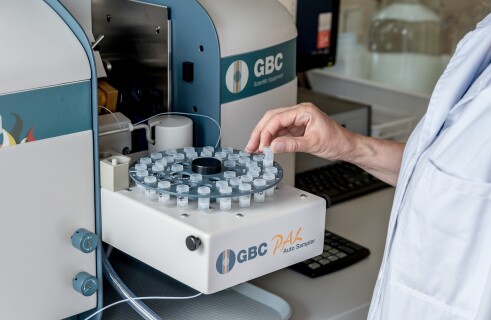-
en

News - page 40
Protein molecules help to store a Japanese artist’s engraving
Scientists Create a Sensor Turning Blood Tests into a Thing of the Past
Scientists create amazing laser capable of evaporating matter
DroneBullet: the drone that kills other drones
Arsenic breathing microbe discovered in the Pacific Ocean
ISS Specialists Find a Way to Maintain Astronauts’ Health
How to install Wi-Fi in a natural disaster zone
BAE Systems tests unique plane
Samsung offers a new look at familiar objects
Drone makes first kidney transplant delivery
English premier league football club to launch own fan tokens
HTC plans blockchain smartphone launch this year
Russian scientists record pulsar ‘voices’
How to perform a crash test with minimum damage to the car
Modern Motorcycle Security System Presented by Taiwanese Company
NASA shows boulders on Asteroid Bennu
Airtop: a computer for emergencies










